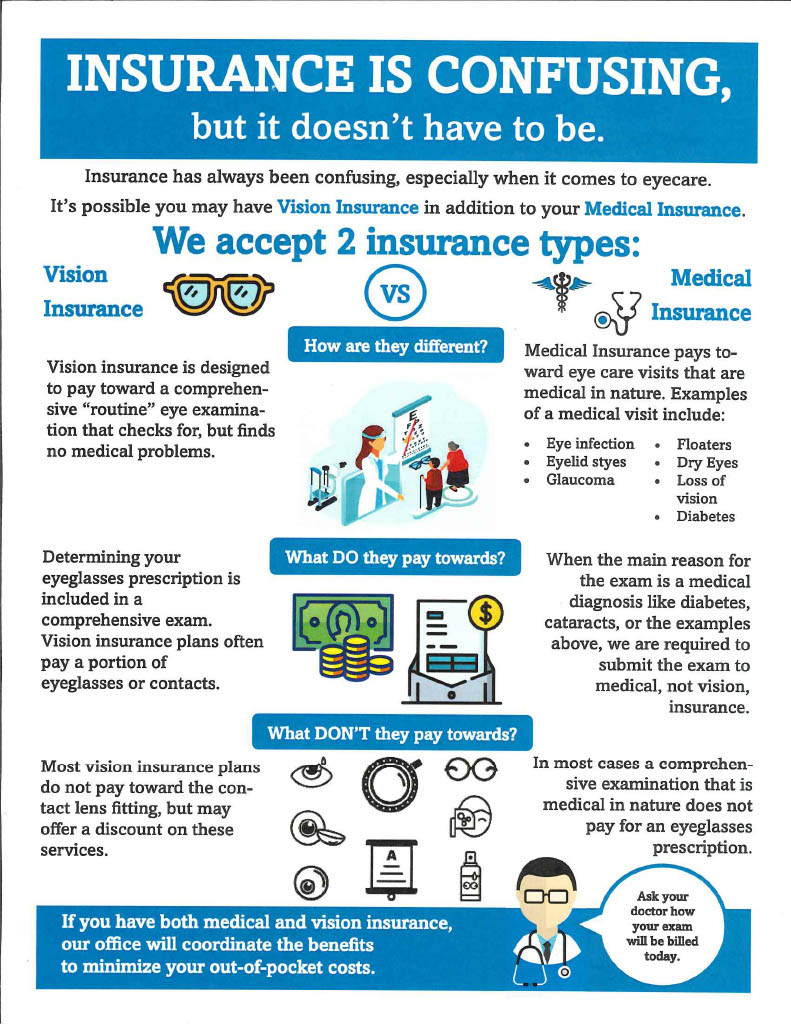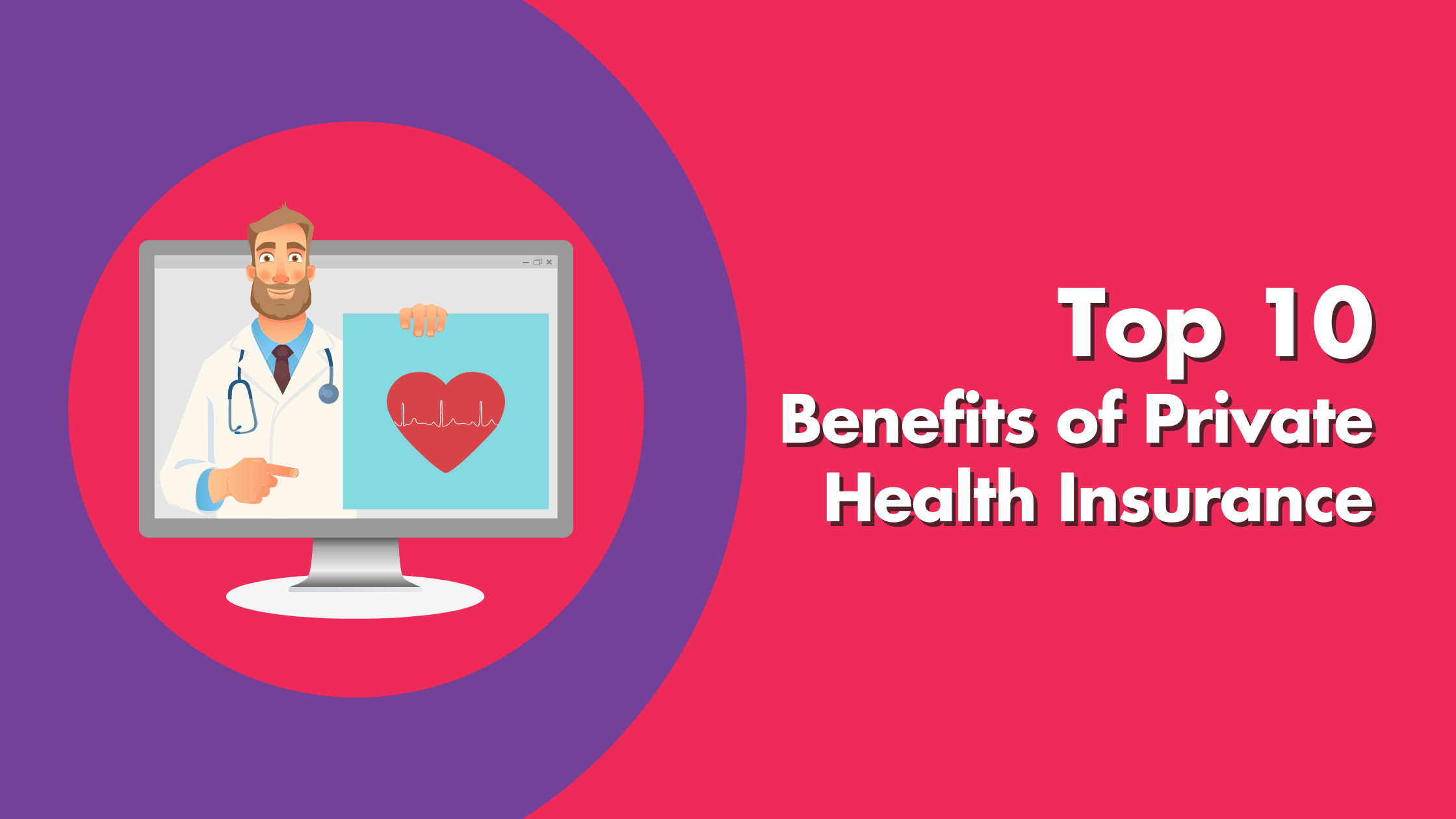An Unbiased View of Medicare Advantage Agent
An Unbiased View of Medicare Advantage Agent
Blog Article
All about Medicare Advantage Agent
Table of ContentsIndicators on Medicare Advantage Agent You Should KnowThe Only Guide to Medicare Advantage AgentGetting My Medicare Advantage Agent To Work

follows from confusing the reasonably young age account of the uninsured with the much better health, generally, of younger persons. This covers the web link in between wellness standing and medical insurance. For those without accessibility to work environment medical insurance, bad health is a prospective barrier to buying nongroup coverage since such insurance coverage might be highly valued, leave out pre-existing conditions, or be simply not available. The variety of without insurance Americans is not specifically big and has actually not changed in recent times. Seven out of 10 respondents in an across the country depictive survey assumed that fewer Americans lacked medical insurance than in fact do(Fronstin, 1998). Approximately half(47 percent )thought that the variety of individuals without wellness insurance coverage reduced or remained consistent over the latter fifty percent of the last decade(Blendon et al., 1999). This decline of almost 2 million in the variety of individuals 'without insurance policy (a reduction
of around 4 percent)is certainly a positive adjustment. With a softer economic climate in 2000 the most up to date reported gains in insurance policy coverage may not continue(Fronstin, 2001 ). The decrease in the number of uninsured will not proceed if the economic situation stays slow-moving and healthcare expenses continue to surpass rising cost of living. This is because the data were accumulated for a duration of solid financial efficiency. Of the estimated 42 million individuals that were uninsured, all but about 420,000(regarding 1 percent)were under 65 years of age, the age at which most Americans end up being eligible for Medicare; 32 million were grownups in between ages 18 and 65, about 19 percent of all adults in this age; and 10 million were youngsters under 18 years of age, about 13.9 percent of all children (Mills, 2000). These quotes of the number of persons uninsured are produced from the yearly March Supplement to the Existing Population Study (CPS), conducted by the Census Bureau. Unless or else noted, national price quotes of individuals without wellness insurance and proportions of the population with different sort of protection are based on the CPS, one of the most extensively made use of resource of estimates of insurance coverage and uninsurance prices. These studies and the quotes they generate are explained briefly in Table B. 1 in Appendix B - Medicare Advantage Agent. These surveys vary in size and tasting techniques, the questions that are asked concerning insurance policy
The Facts About Medicare Advantage Agent Uncovered
coverage, and the moment duration over which insurance protection or uninsurance is determined(Lewis et al., 1998, Fronstin, 2000a ). Still, the CPS is especially useful because it creates yearly estimates reasonably quickly, reporting the previous year's insurance coverage approximates each September, and due to the fact that it is the basis for a regular collection of quotes for more than two decades, enabling analysis of fads in insurance coverage in time.

Medicare Advantage Agent Fundamentals Explained
Over a three-year duration beginning early in 1993, 72 million individuals, 29 percent of the united state population, were without coverage for a minimum of one month. Within a solitary year(1994), 53 million individuals experienced at the very least a month without protection(Bennefield, 1998a). 6 out of every ten uninsured grownups are themselves employed. Functioning does enhance the likelihood that one and one's family participants will have insurance, it is not a guarantee. Even members of families with 2 permanent breadwinner have practically a one-in-ten possibility of being uninsured (9.1 percent without insurance rate)(Hoffman and Pohl, 2000 ). The partnership between health insurance policy and access to care is well established, as recorded later in this chapter. The connection between health and wellness insurance policy and wellness results is neither direct neither simple, a substantial clinical and health services research study literary works links health insurance policy protection
to improved better accessibility care, you can try here better quality, and improved personal individual population health wellness. For instance, the 2nd record, on individual wellness end results for without insurance grownups, is stood for by the inner circle of the number, while the 3rd record, on household wellness, includes the topics of the second report yet emphasizes a different system of analysis, namely, the family members. The 6th report in the series will provide details regarding methods and efforts embarked on locally, statewide, or across the country to address the lack of insurance policy and its adverse effects. Levels of evaluation for checking out the impacts of uninsurance. This discussion of medical insurance coverage concentrates mostly on the U.S. populace under age 65 because basically all Americans 65 and older have Medicare or various other public protection.
Furthermore, it concentrates especially on those with no health insurance policy for any kind of size of time. The problems encountered by the underinsured are in some respects comparable to those encountered by the uninsured, although they are generally less severe. Uninsurance and underinsurance, nevertheless, involve definitely various plan issues, and the methods for addressing them might vary. Throughout this study and the five reports to follow, the major focus gets on individuals without wellness insurance policy and thus no support in spending for healthcare beyond what is offered through charity and security internet establishments. Health insurance is a powerful variable influencing invoice of care since both clients and physicians reply to the out-of-pocket price of solutions. Medical insurance, however, is neither essential neither enough to get to medical services. However, the independent and straight result of health and wellness
insurance policy coverage on accessibility to wellness services is well established. Others will certainly get the health treatment they require even without medical insurance, by spending for it expense or seeking it from suppliers that supply care complimentary or at very subsidized rates. For still others, medical insurance alone does not ensure receipt of treatment as a result of various other nonfinancial barriers, such as an absence of health and wellness care providers in their area, minimal access to transport, illiteracy, or etymological and social differences. Formal research study regarding uninsured populaces in the United States dates to the late 1920s and early 1930s when the Board on the Cost of Treatment generated a collection of reports concerning financing medical professional office visits and hospital stays. This issue ended up being significant as the varieties of clinically indigent climbed up throughout the Great Depression. Empirical studies consistently sustain the link between access to care and boosted health and wellness end results(Bindman et al., 1995; Starfield, 1995 ). Having a routine resource of treatment can be thought about a forecaster of access, instead of a direct procedure of it, when wellness outcomes are themselves used as accessibility indicators. This extension of the idea of access measurement was made by the IOM Board on Keeping An Eye On Accessibility to Personal Healthcare Provider(Millman, 1993, p. Whether or not moms and dads are insured shows up to impact whether their youngsters obtain treatment as well as how much careeven if the children themselves have protection(Hanson, 1998). The health of parents can impact their capability to care for their kids and the level of site household tension. Stressing over their youngsters's accessibility to care is itself a resource of anxiety for moms and dads. Three phases comply with in this record. Chapter 2 supplies an introduction of how employment-based health insurance policy, public programs and specific insurance coverage operate and communicate to supply comprehensive but insufficient protection of the U.S. populace. This consists of an evaluation of historical fads and public laws influencing both public and personal insurance, a conversation of the communications among the various sorts of insurance coverage, and an examination of why individuals move from one program to one more or end up

Report this page